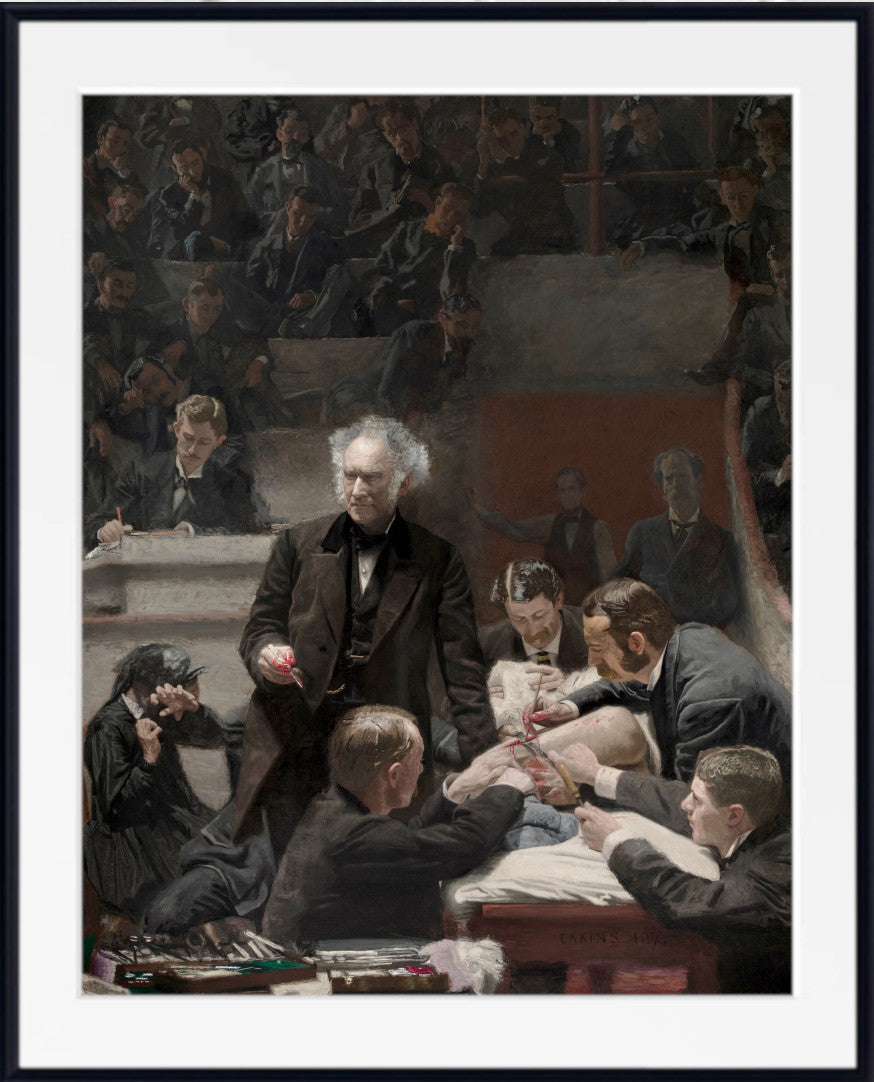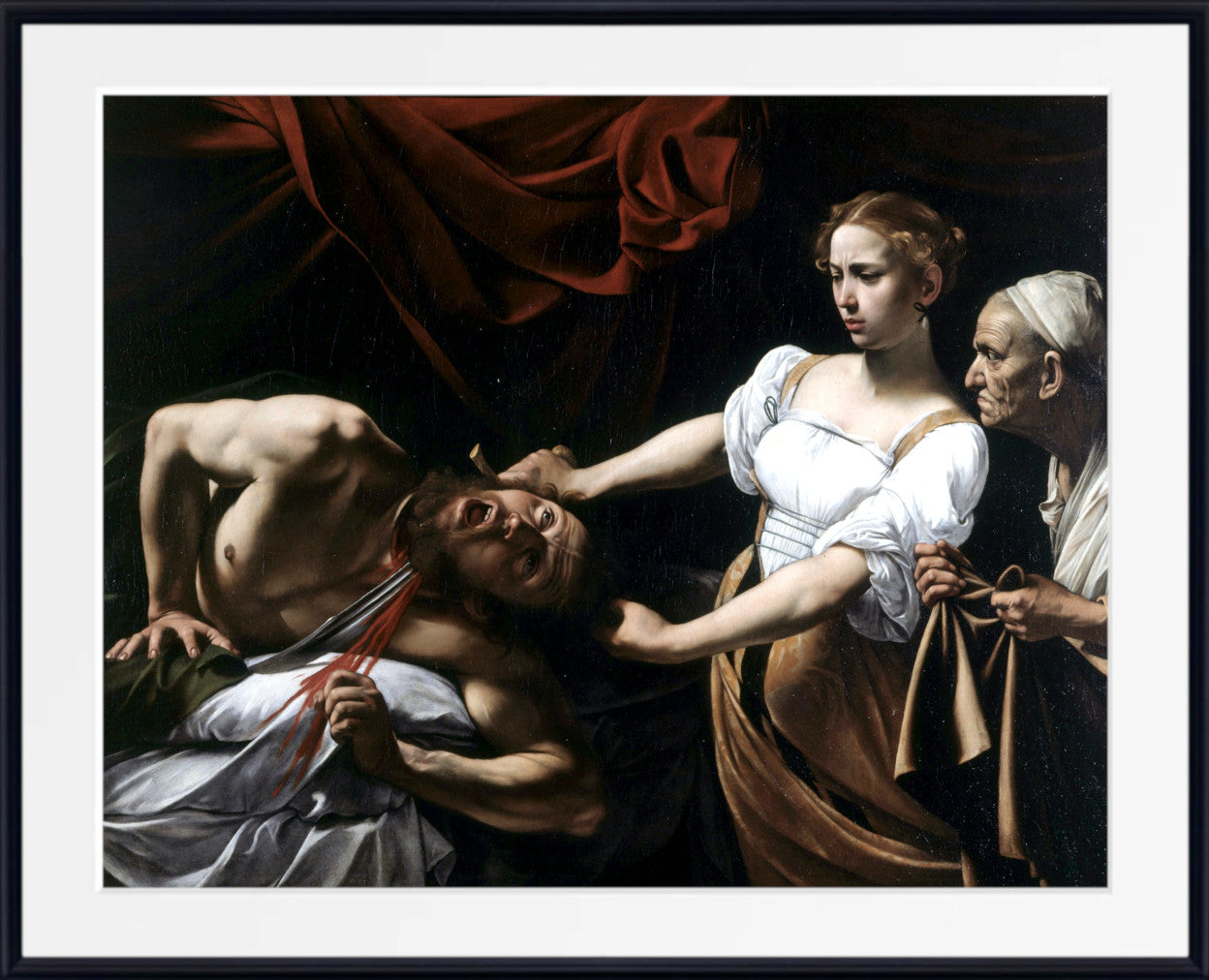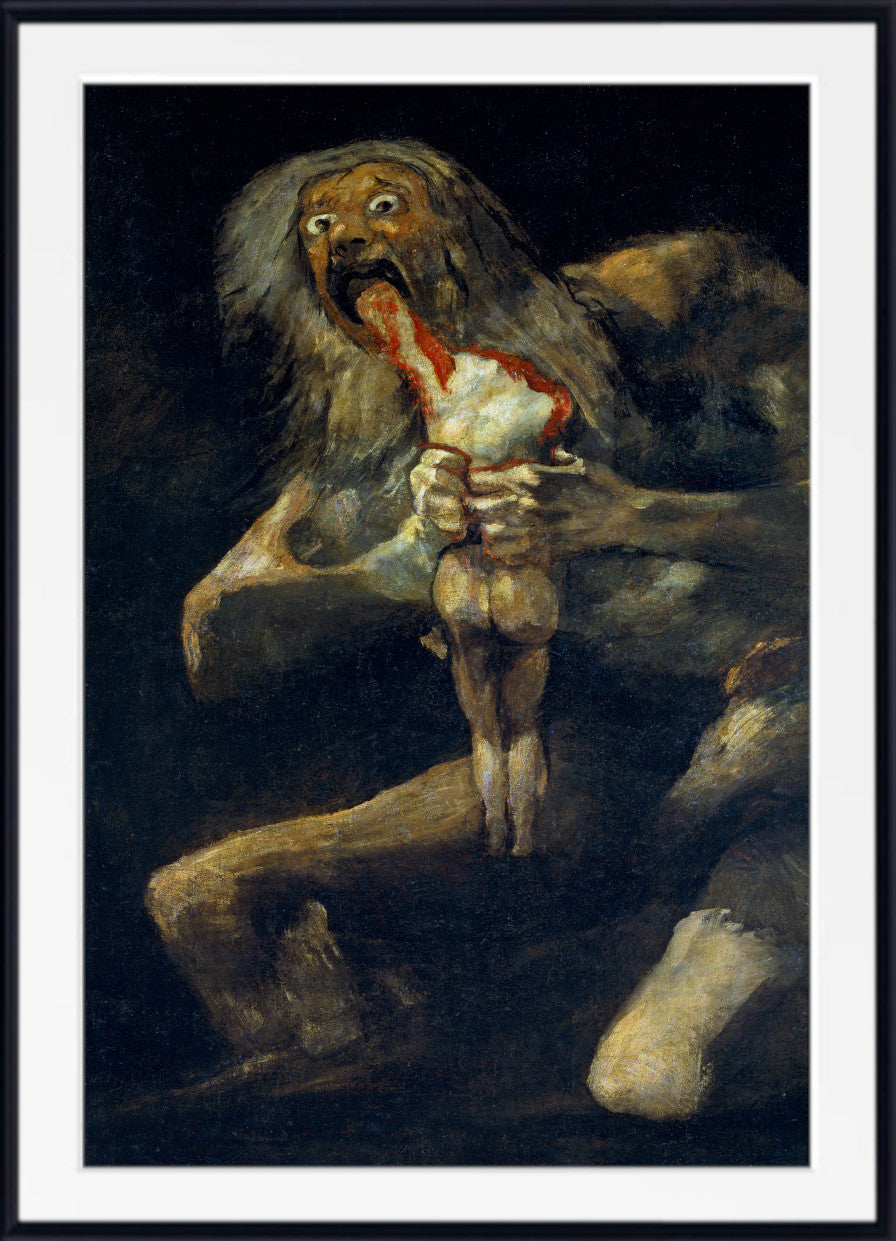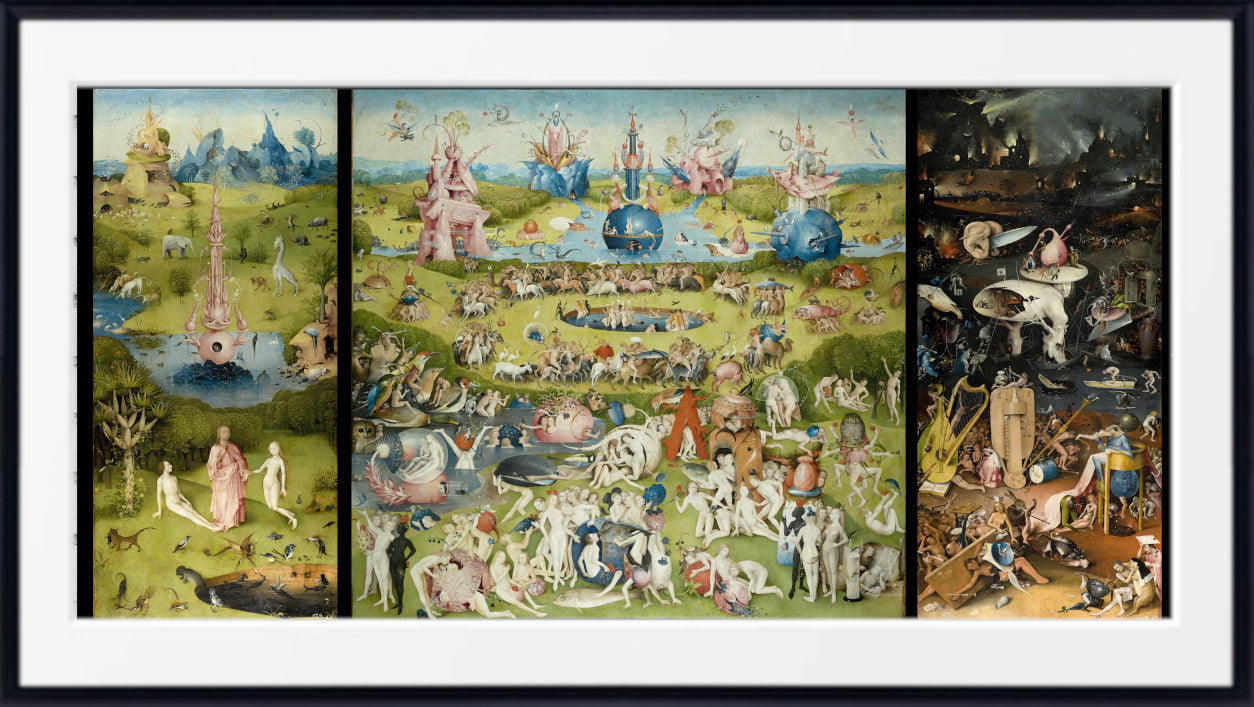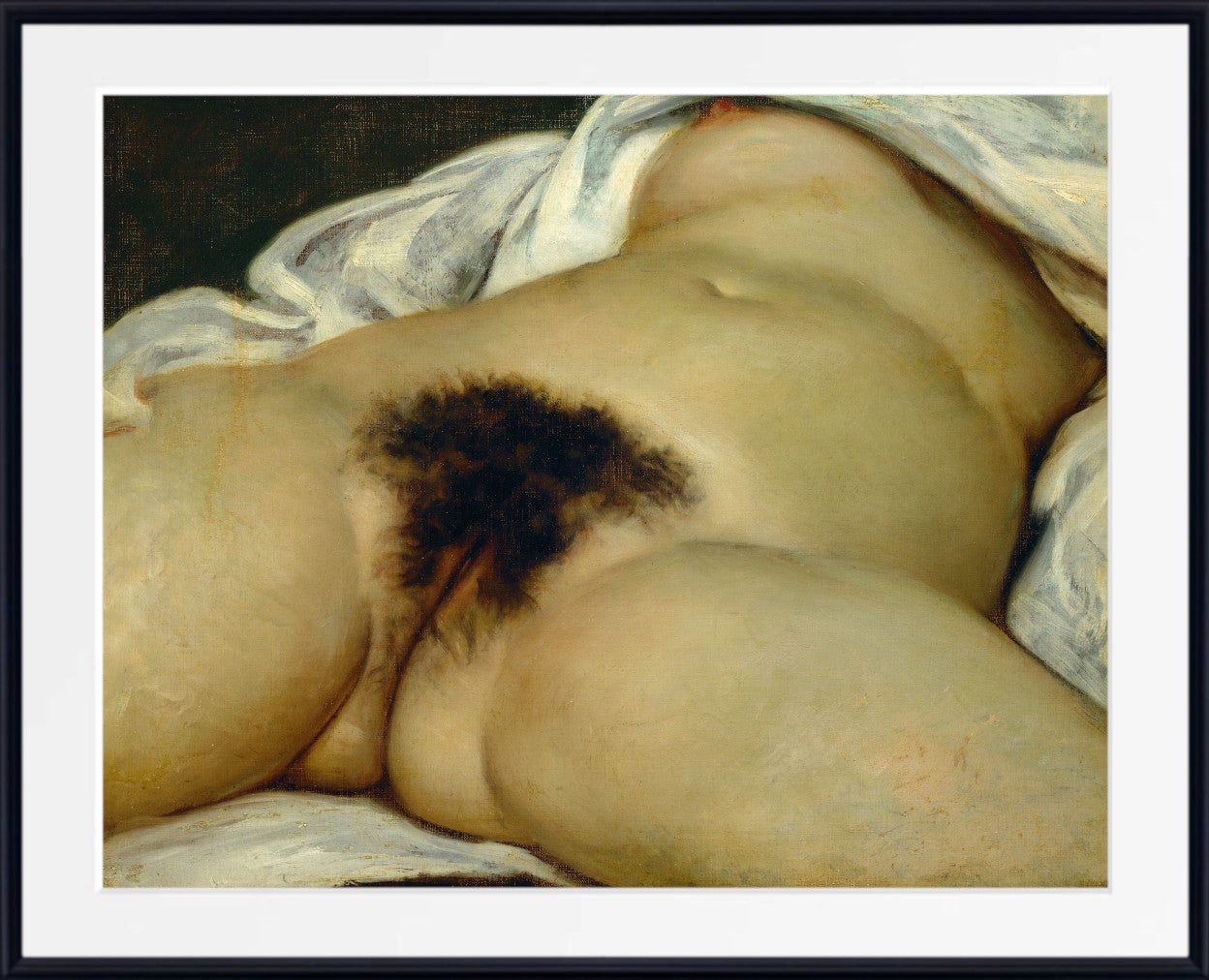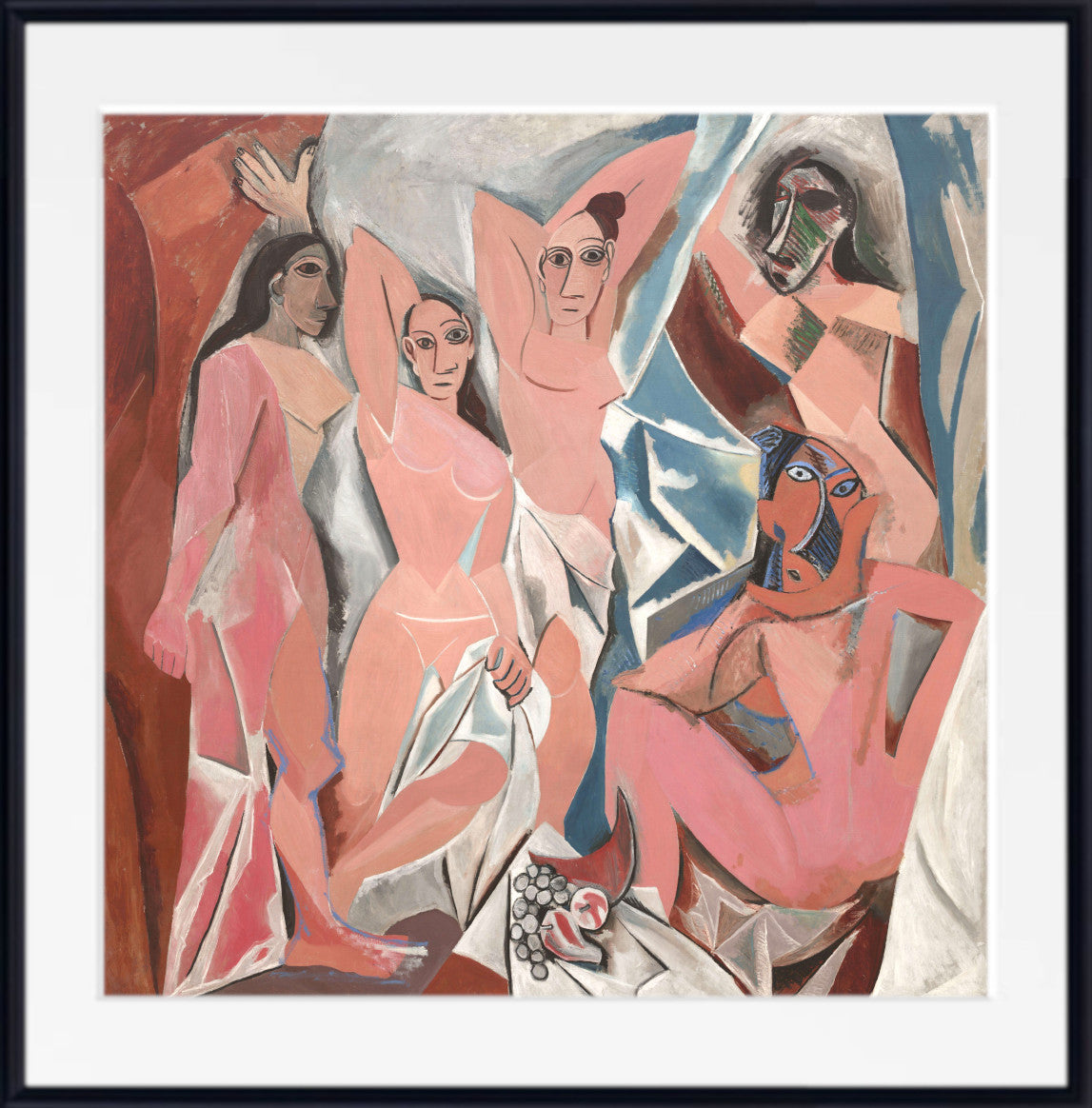Table of Contents:[hide]
The complexity, disappointment, and charm of life has been captured in art for a long time, because for a long time human experience has been the inspiration for it. Nonetheless, amid an immense tapestry of creative conversation, the forms of paintings that penetrate the scariest, grimmest realms, tend to insist on attracting lion's share of attention too. Those are the pieces that make us squirm — meet our fears — make us react on an instinctual level. In this piece, we tour historys eeriest paintings. More than an object parked on a gallery wall, the pieces invade our conscience, shadowing us, moving us to think about them and about ourselves. The fact that art can induce feelings so uncomfortable like these—whether through the twisted mental landscapes or the graphic representation of agony — is a testament to the nature of it as artwork.
In this article, we are going to unfold the creepy, mysterious realms of the renowned painters who have dared to delve into the void to figure out the tales, explanations and conversations behind these terrifying and dreadful paintings. We encourage you to let your unique expression soar to great heights, to ask questions about the world and about art and semiology and horror and all aspects of life as you navigate the world of the frightening arts. So buckle up as we take through this weird and wonderful adventure.
1. "Olympia" by Édouard Manet
Édouard Manet's "Olympia," painted in 1863, caused an unprecedented shockwave in the art world, challenging conventions and sparking heated debates. This provocative masterpiece presented a boldly reclining nude woman, a classical subject matter, but with a stark twist. The shock stemmed from several factors. Firstly, Manet's model, Victorine Meurent, appeared with an unapologetic, confrontational gaze, defying the submissive passivity typically associated with female nudes in art. Secondly, she wore a ribbon choker and a pair of slippers, contrasting the traditional adornments of mythological goddesses. Equally unsettling was the stark contrast between the pale skin of the nude and the dark background, accentuating her presence and unsettling the viewer. Critics and audiences of the time were not ready for such a bold departure from the idealized, romanticized depictions of the female form. "Olympia" challenged societal norms, igniting passionate debates about the role of art in confronting uncomfortable truths. In doing so, Manet paved the way for the Impressionist movement and a broader reimagining of art's purpose. Today, "Olympia" is celebrated as a seminal work in the evolution of modern art, a testament to the power of art to shock, provoke, and redefine artistic boundaries.
2. "The Gross Clinic" by Thomas Eakins
"The Gross Clinic" by Thomas Eakins, completed in 1875, shocked the art world due to its unflinching realism and unconventional subject matter. This masterpiece portrays Dr. Samuel D. Gross performing surgery on a patient in a lecture amphitheater. The shock stemmed from several factors. Firstly, the graphic depiction of a surgical procedure was unprecedented. Eakins didn't sanitize the scene but portrayed it with a brutal honesty, including blood and exposed tissue. The public was unprepared for the raw, gritty reality of medical practice. Secondly, the unconventional subject matter challenged the prevailing taste for idealized, romanticized art. Eakins' focus on scientific precision and contemporary life contrasted sharply with the prevailing sentimentality in art. Lastly, the painting's large size and prominent display at the 1876 Centennial Exhibition in Philadelphia drew considerable attention and criticism. Some found it disturbing, while others praised its audacity. Today, "The Gross Clinic" is celebrated for its groundbreaking realism and its influence on the development of American art. It remains a testament to the power of art to challenge conventions, provoke thought, and redefine the boundaries of what is considered acceptable in the art world.
3. "Judith Beheading Holofernes" by Caravaggio
Caravaggio's "Judith Beheading Holofernes," painted in the early 17th century, sent shockwaves through the art world of its time. This powerful masterpiece depicts the biblical heroine Judith and her maidservant gruesomely beheading the Assyrian general Holofernes. The painting shocked viewers for several reasons. Firstly, its graphic violence and brutality were unprecedented in religious art. Caravaggio's uncompromising realism brought the gruesome act vividly to life, making it disturbingly real. Secondly, the painting challenged conventional gender roles. In an era where women were often portrayed as delicate and passive, Judith was shown as a determined and ruthless avenger, transcending traditional gender boundaries. Lastly, the dark, dramatic lighting and intense emotional expression of the characters added to the shock value. Caravaggio's mastery of chiaroscuro intensified the horror of the scene. Today, "Judith Beheading Holofernes" remains an iconic and controversial work, celebrated for its technical brilliance and emotional depth. It serves as a reminder of art's power to provoke thought, challenge norms, and elicit visceral reactions from its audience, even centuries after its creation.
4. "Saturn Devouring His Son" by Francisco Goya
Francisco Goya's "Saturn Devouring His Son," painted between 1819 and 1823, remains one of the most shocking and haunting works in art history. The painting's disturbing subject matter, depicting the god Saturn consuming his own child, defied the traditional boundaries of art and challenged societal norms of the time. The shock generated by this masterpiece can be attributed to its graphic violence and visceral horror. Goya's dark and gruesome portrayal of this mythological scene is an unflinching exploration of human darkness and cruelty. The painting's raw emotion and stark imagery forced viewers to confront the darkest aspects of the human psyche. Furthermore, "Saturn Devouring His Son" marked a significant departure from Goya's earlier works, reflecting his own personal descent into mental turmoil and disillusionment with the world around him. This transformation resonated deeply with an art world accustomed to more idealized and romanticized depictions. Today, the painting is celebrated for its bold departure from convention and its capacity to evoke powerful emotions and introspection. It continues to be a testament to art's ability to shock, provoke, and explore the darkest corners of the human soul.
5. "The Garden of Earthly Delights" by Hieronymus Bosch
Hieronymus Bosch's "The Garden of Earthly Delights," created around 1490 to 1510, remains one of the most enigmatic and shocking works in the history of art. This triptych panel painting stunned the art world of its time due to its audacious departure from traditional religious art and its surreal, otherworldly imagery. The shock factor stemmed from several aspects of the painting. Firstly, the work's surreal and fantastical nature defied the conventional norms of religious art. Bosch's vivid and imaginative portrayal of a surreal paradise and a grotesque, hellish landscape challenged the conventional depictions of heaven and hell. Secondly, the intricate and bizarre details within the painting, featuring fantastical creatures, hybrid beings, and surreal landscapes, left viewers bewildered and intrigued. It was a visual journey into a world that defied explanation. Lastly, the painting's ambiguity and layered symbolism invited a wide range of interpretations, further intensifying its mystique and shock value. Today, "The Garden of Earthly Delights" is celebrated for its visionary and surreal qualities, offering viewers a glimpse into the unbridled imagination of Hieronymus Bosch. It continues to provoke thought, inspire creativity, and challenge the boundaries of artistic representation.
6. The Sin by Heinrich Lossow
The plot of the painting "The Sin" by Heinrich Lossow is thematically linked to the infamous "Banquet of Chestnuts." This event, allegedly hosted by the former Cardinal Cesare Borgia, son of Pope Alexander VI, on October 30, 1501, at the Papal Palace, remains shrouded in controversy. The account of the banquet is preserved in the Latin diary of the Protonotarius the Apostle and the ceremonies of Master Johann Burchard, known as Liber Notarum, though its accuracy is disputed. According to Burchard, the banquet unfolded in Cesare's chambers within the Palazzo Apostolico. It featured fifty prostitutes or courtesans who entertained the guests, engaging in dances both clothed and unclothed. After dinner, candles were placed on the floor, surrounded by scattered chestnuts. Naked courtesans crawled on all fours between the candles, while Pope Alexander VI, Cesare, and his sister Lucretia observed. Prizes were awarded to those who could frequently perform these acts with the courtesans, including silk tunics, shoes, and other items. Nevertheless, modern scholars question the credibility of the "Chestnut Banquet" account, citing its internal inconsistencies and its sole mention in Burchard's memoirs.
7. Dante and Virgil in Hell, William Adolphe Bouguereau
William-Adolphe Bouguereau's painting "Dante and Virgil in Hell" (1850) generated a significant shock in the art world of its time, largely due to its bold departure from prevailing artistic trends. The mid-19th century was marked by the rise of the Romantic movement, characterized by a fascination with emotional expression and unconventional themes. Against this backdrop, Bouguereau's meticulously detailed and classically inspired work was a stark contrast. "Dante and Virgil in Hell" depicted a scene from Dante Alighieri's "Inferno," part of the epic poem "The Divine Comedy." The academic precision with which Bouguereau rendered the classical figures of Dante and Virgil, the detailed landscape of Hell, and the restrained emotion in their expressions clashed with the Romantic penchant for emotional intensity and individualism. Critics of the time were divided, with some praising the technical mastery of Bouguereau's work and others decrying its perceived lack of emotional depth. However, this painting serves as a significant example of the academic art tradition that was losing favor as the art world embraced new and more emotionally charged artistic movements. Bouguereau's commitment to classical ideals and meticulous craftsmanship challenged the prevailing artistic zeitgeist, contributing to the shock value that it held for the art world.
8, "The Origin of the World" by Gustave Courbet
Gustave Courbet's "L'Origine Du Monde" has captivated and scandalized art enthusiasts for over a century. Completed in 1866, this audacious artwork boldly delves into human sexuality and form. The painting offers an explicit, close-up view of a woman's lower torso, meticulously detailed to capture every nuance of skin, hair, and shadow. It defies societal norms and artistic conventions of the era with its startling realism. Titled "The Origin of the World," the painting invites viewers to ponder the essence of human existence. Courbet's choice of subject matter, depicted in such graphic detail, was a radical departure from traditional idealized portrayals of women. Initially kept private, the artwork was revealed only to a select few, hidden from the public due to its explicit nature. However, as societal attitudes shifted in the 20th century, it gained recognition as an important piece of art, symbolizing evolving boundaries in artistic expression and the celebration of the human body. Beyond its explicit content, the painting challenges viewers to confront their perceptions of sensuality, identity, and humanity. Courbet's craftsmanship and audacity in confronting societal norms ensure that "L'Origine Du Monde" remains a thought-provoking masterpiece, a testament to art's ability to push boundaries. Today, it is displayed at the Musée d'Orsay in Paris, where it continues to captivate and ignite discussions, highlighting the enduring allure and controversy surrounding Courbet's exploration of the human form and its origins.
9. Francisco Goya, La Maja desnuda
Francisco Goya's "La Maja Desnuda" (The Nude Maja), painted around 1800, created a significant stir and shock in the art world of its time. This provocative masterpiece depicts a reclining nude woman, her gaze direct and unapologetic. The shock factor of "La Maja Desnuda" emanated from several aspects. Firstly, the explicit nudity of the subject, presented with unabashed sensuality, challenged the conservative norms of late 18th-century Spain. The painting defied the traditional portrayal of female nudes as allegorical or mythological figures and dared to depict a real woman in a sensual pose. Secondly, the identity of the model remained a closely guarded secret, further fueling curiosity and controversy. The debate raged over whether the subject was a real woman or an idealized representation. Lastly, the painting's blatant disregard for the prevailing morality and its bold exploration of female sensuality marked a radical departure from traditional Spanish art. It was seen as a direct challenge to the Inquisition's censorship and conservative values. Today, "La Maja Desnuda" is celebrated as an iconic work that pushed the boundaries of artistic expression. It remains a testament to Goya's audacity and the enduring power of art to provoke and challenge societal norms.
10. Les Demoiselles d'Avignon by Pablo Picasso
Pablo Picasso's "Les Demoiselles d'Avignon," completed in 1907, stands as a groundbreaking and shocking masterpiece that rocked the art world of its time. This painting marked a seismic shift in artistic paradigms and challenged the very essence of traditional art. The shock factor of "Les Demoiselles d'Avignon" can be attributed to several aspects. Firstly, Picasso's bold departure from conventional perspective and proportions distorted the human form, creating a stark and unsettling portrayal of five nude women. Their angular, disjointed bodies defied classical ideals of beauty. Secondly, the influence of African and Iberian art is evident in the painting's masks and geometric shapes. This marked a radical departure from Western artistic norms and served as a precursor to Cubism. Lastly, the confrontational gaze of the figures, their aggressive sexuality, and the raw, primitive energy of the composition challenged societal norms and expectations of what art should be. Today, "Les Demoiselles d'Avignon" is celebrated as a revolutionary work that laid the foundation for modern art. Its shock value remains a testament to Picasso's audacity and his ability to challenge and redefine the boundaries of artistic expression.
11. Walter Sickert, The Camden Town Murder
Walter Sickert's "The Camden Town Murder" (1908) sent shockwaves through the art world due to its unsettling subject matter and provocative narrative. This painting, inspired by a real-life murder case, depicted a gruesome crime scene in a small, dimly lit room, complete with a lifeless female figure lying on a bed. The shock factor stemmed from several elements. Firstly, Sickert's unflinching portrayal of the murder scene was a stark departure from the more conventional and less macabre subject matter that prevailed in British art at the time. The brutal realism and emotional intensity of the scene disturbed viewers, challenging their expectations of what art could depict. Secondly, the ambiguity of the narrative left much to the imagination, inviting viewers to speculate on the gruesome events that had transpired. The painting's unsettling atmosphere and the sense of voyeurism it evoked intensified the shock value. Today, "The Camden Town Murder" remains a haunting and controversial work, emblematic of Sickert's willingness to explore the darker aspects of human existence. It serves as a testament to art's power to provoke thought and challenge societal norms, even a century after its creation.
12. Théodore Géricault, The Severed heads
Théodore Géricault's "The Severed Heads," painted in the early 19th century, stands as a shocking and haunting work that left an indelible mark on the art world. This powerful masterpiece depicts a gruesome scene of decapitated heads during the aftermath of the Spanish War of Independence. The shock factor of "The Severed Heads" can be attributed to several elements. Firstly, Géricault's unflinching realism and meticulous attention to detail brought the horrors of war vividly to life, confronting viewers with the brutal consequences of conflict. Secondly, the composition and stark lighting intensify the visceral impact of the severed heads, creating a scene that is both harrowing and thought-provoking. Lastly, Géricault's choice to depict such a gruesome and unsettling subject matter challenged the prevailing taste for more idealized and romanticized art. Today, "The Severed Heads" remains a testament to Géricault's audacity and his ability to confront the darker aspects of humanity. It continues to provoke thought and reflection, highlighting the enduring power of art to shock, challenge, and transcend its historical context.
13. The Nightmare (The Dream) by Henry Fuseli
Henry Fuseli's "The Nightmare," painted in 1781, sent shockwaves through the art world of its time and continues to captivate audiences today. This iconic work is a vivid and unsettling portrayal of the intersection between dreams, eroticism, and the macabre. The shock factor of "The Nightmare" arises from its provocative subject matter and its fearless exploration of the darker recesses of the human psyche. The painting features a woman lying in a state of sleep or unconsciousness, with a demonic incubus perched menacingly on her chest. The juxtaposition of sensuality and horror, as well as the explicit symbolism of the incubus, challenged the norms of late 18th-century art. Fuseli's daring composition and the visceral impact of his imagery challenged societal conventions and artistic norms, making "The Nightmare" a trailblazing work that continues to intrigue and provoke discussion about the boundaries of art, desire, and fear.



